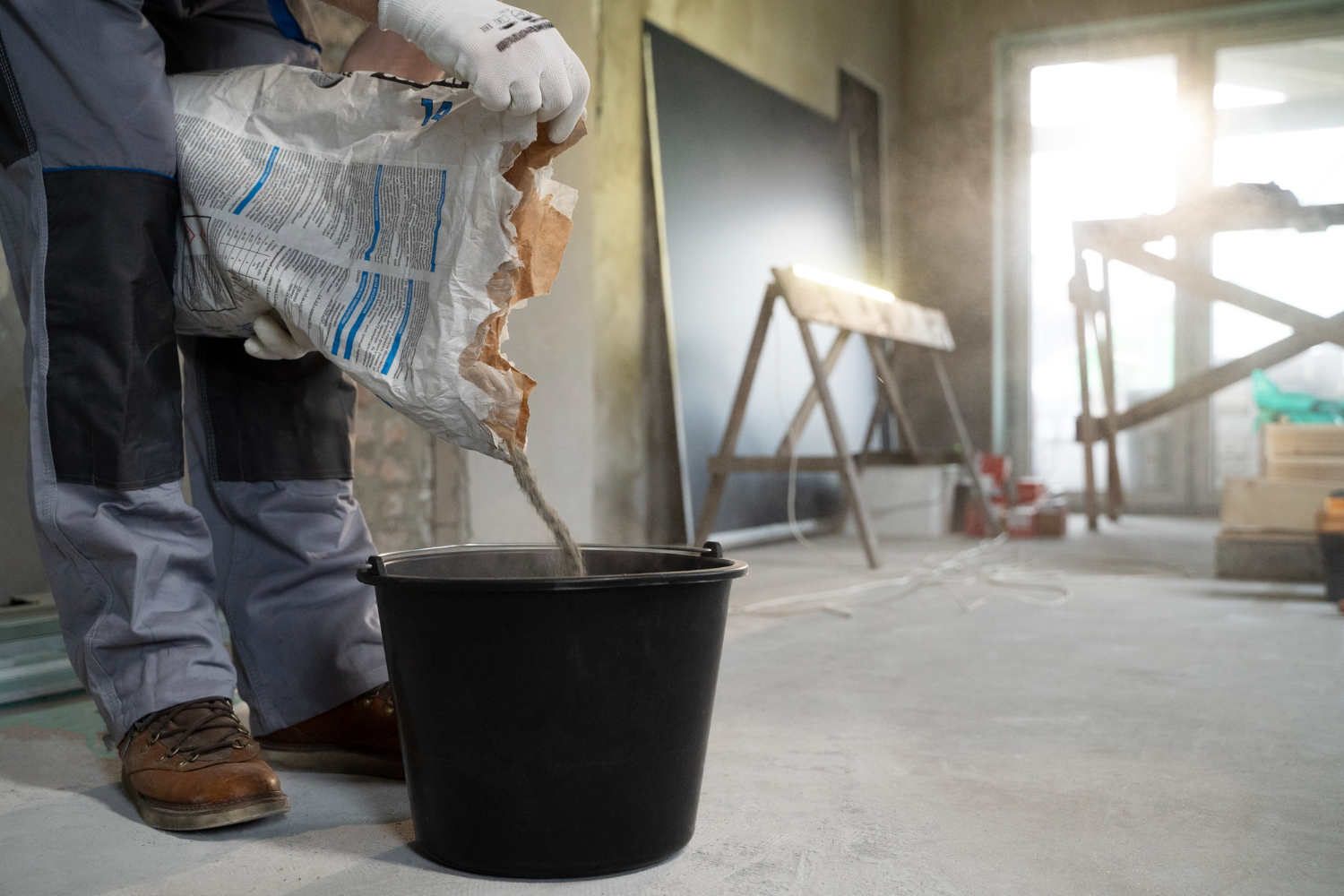If you’ve ever walked across your driveway and noticed it felt uneven, or spotted cracks forming in your sidewalk or garage floor, you’re not alone. Sinking concrete slabs are a common problem for many homeowners in Quincy, especially during the warmer months when soil conditions shift. It may seem like just a minor issue at first, but these sunken areas can lead to tripping hazards, water pooling, and even damage to nearby structures.
Without proper attention, something as simple as a small dip in your concrete can become a big safety concern or a sign of deeper problems beneath the surface. Acting early can help prevent more costly repairs and keep your property stable and safe. Summer is a great time to address these issues because ground conditions allow for quicker, more efficient repairs. Let’s look into what causes these slabs to settle and how you can spot early warning signs before the damage spreads.
Causes Of Sinking Concrete Slabs
There are a few reasons why concrete slabs start to settle, and most of them happen silently beneath the surface. You might not notice any problems until cracks show up or the slab visibly drops. But what causes this movement in the first place?
Here are some of the most common culprits behind sinking concrete:
– Soil erosion and washout. Heavy rains, irrigation, or poor drainage systems can cause the soil under a slab to wash away over time. Without support underneath, the slab has nothing to hold it up and begins to sink.
– Poor compaction. When concrete is first poured, the soil beneath it should be tightly compacted to hold weight. If that step was rushed or skipped during construction, air pockets can form underneath that eventually compress, causing the slab to settle.
– Shifting moisture levels. Clay-heavy soils, like those around Quincy, tend to expand when wet and shrink when dry. These constant changes make the ground unstable, which eventually leads to movement under the concrete.
One example that’s easy to relate to is when you notice a sidewalk panel near your home starting to slant, even though it used to be level. You brush it off, not realizing that a gutter nearby has been draining water right alongside it for years. That constant trickle may be slowly eroding the soil out from under the slab.
Understanding these causes is the first step in avoiding further damage. Once you know what to look out for, it becomes easier to tackle the problem early.
Signs You Need Concrete Leveling
It’s not always obvious when concrete needs attention. Some signs can sneak up, especially if you’re not walking the perimeter of your property regularly. But catching them early can make a huge difference when it comes time to repair.
Watch for these red flags around your home or property:
– Cracks forming in patios, driveways, or garage floors
– Sections of concrete that look sunken or out of place
– Slabs that tilt or slope in different directions
– Gaps between concrete joints or where the slab meets the house
– Pooled water or poor drainage after a rainfall
– Uneven steps or walking surfaces that feel off-balance
These issues can show up little by little, so it helps to run a quick visual check every month or so. If any of these signs are showing up around your property in Quincy, it might be time to look into professional help before things get worse. Slabs don’t just settle for no reason. There’s almost always something going on underneath that needs to be fixed. Addressing small shifts now can save a lot of time and avoid more serious repair work down the road.
Effective Solutions For Concrete Leveling
Once you’ve spotted the signs, it’s time to figure out the best way to fix them. Concrete leveling works by lifting a sunken slab back to where it used to be. It sounds simple, but there’s a lot going on under the surface that needs to be addressed the right way.
The two most common methods include:
– Mudjacking. This process involves drilling small holes in the slab and pumping in a thick mixture made of cement, water, and other materials. As the mixture fills the voids under the slab, it lifts the concrete back into place. It’s been around for a long time and is a solid fix for many cases, especially on driveways, sidewalks, and garage floors.
– Polyurethane foam injection. This newer approach uses a special foam that expands as it’s injected under the slab. The foam hardens quickly, making it a fast and lightweight fix. It’s less messy than mudjacking and typically requires fewer holes to be drilled.
Both methods can give long-lasting results when done professionally. What matters most is addressing the reason your slab sank in the first place. Leveling the concrete without solving the soil problems underneath will only lead to more work down the road.
Picture a section of your back patio that’s dropped a few inches over the last year. If water has been soaking into the base from poor drainage, injecting foam or mud underneath will only go so far unless the drainage is managed too. Fixing both the slab and the source of the trouble keeps it from happening again.
Preventative Measures To Maintain Level Concrete
After your slab is raised and settled into place, the next step is keeping it that way. Knowing how to protect your concrete from shifting again may save you from future repairs.
Here are a few good habits that make a difference:
– Watch water flow patterns around your house. Gutters and downspouts should move water away from your foundation and concrete paths, not dump it near the slab.
– Take care of drainage zones. Make sure the yard is graded properly so rainwater runs away instead of settling. A simple change like extending a downspout can help with this.
– Keep an eye on your landscaping. Tree roots near sidewalks, patios, or driveways can lift or crack concrete slabs over time. Choose plants with smaller root systems if they’re going near concrete.
– Seal cracks as you see them. Small gaps can allow water to sneak underneath. Catch them early with the right sealant before they turn into something bigger.
– Don’t overload slabs with heavy storage or equipment if they weren’t designed for it. That added pressure can lead to faster settling in weak areas.
Checking your property now and then, especially around high-moisture areas, can help you stay ahead of problems. You don’t have to do anything fancy. Looking for small changes like soil staying damp for too long, gaps next to slabs, or puddling in weird spots is usually enough to catch an issue early.
Don’t Wait Until the Problem Gets Bigger
When a concrete slab starts to sink, it’s easy to ignore. Maybe it’s just a half-inch lower than it used to be, or a small crack forms near the edge. It’s tempting to chalk it up to age or weather. But time usually makes the issue worse, not better.
The longer a slab remains out of position, the more strain it puts on surrounding areas. What starts as a cosmetic issue often grows into structural problems. Doors can stop closing right. Cracks can spread. Moisture can sneak in. Waiting too long could mean you end up replacing entire sections instead of fixing a smaller part.
Getting ahead of it keeps things easier, cleaner, and more affordable. Whether it’s your driveway starting to slope, a basement floor shifting, or your front steps pulling away from the porch, there’s no reason to let it get worse before taking the next step.
When you’re ready, reach out to a team that understands concrete leveling service in Quincy and can find a fix that really lasts.
Whether you’ve noticed early signs or are dealing with long-standing issues, taking care of sunken concrete now can help prevent bigger problems later. Learn how a concrete leveling service in Quincy can restore your surfaces and protect your property from future damage. Count on King Waterproofing & Foundation Solutions to get the job done right so you can enjoy a safer, smoother space.


